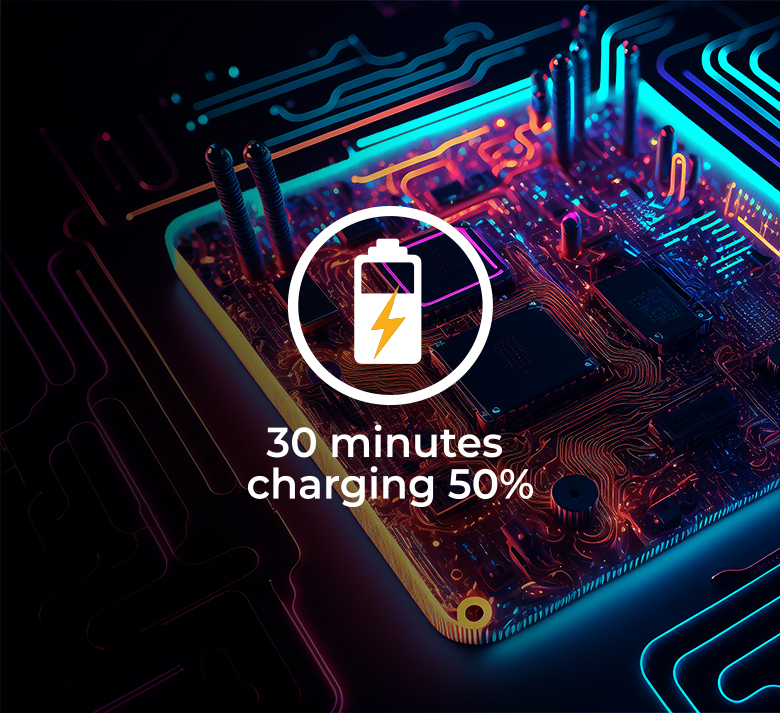In recent years, when smartphones have become an integral part of many people’s lives, charging time has become one of the main problems. Fortunately, mobile device manufacturers have found a solution to this problem with Quick Charge technology.
But how does Quick Charge work, and how does it help reduce charging time?
Quick Charge or QC is a fast charging technology developed by Qualcomm that allows you to charge smartphones and other devices up to 50% in 30 minutes. This means that users can charge their devices during a short lunch break or while traveling on public transport.

How does QuickCharge work?
Quick Charge is based on special chips that are built into smartphones and chargers. These chips have a connection that allows you to determine the optimal level of voltage and current for charging the device.
As a rule, the higher the voltage, the faster the charging, but high voltage can be dangerous for the health of the device’s battery.
QC solves this problem too by using smart technology that allows you to control the charging current and voltage to protect the battery from damage. During charging, Quick Charge analyzes the state of the battery and instructs the charger to maintain optimal charging conditions.
For example, when the battery reaches 80% charge, Quick Charge switches to gradual charging mode to prevent overheating and preserve battery health.
How to use Quick Charge?
QC is available on many chargers, but not all smartphones support this technology. You can check the specifications of your smartphone to see if it supports Quick Charge.
Also, if you are using QC, it is recommended not to use your smartphone while charging, as this may increase the temperature of the device and damage the battery. It is also not recommended to use non-certified chargers, which may not meet Quick Charge standards and may damage your smartphone.

The main types of fast charging Quick Charge
There are several generations of Quick Charge technology, each of which has its own characteristics:
- QC 1.0
The first generation of technology was presented in 2013. It allowed devices to be charged 40% faster, which was a significant improvement over conventional chargers.
However, this technology required a special charger.
- QC 2.0
This technology was much faster than its predecessor. It allowed charging devices 75% faster than standard chargers.
Moreover, Quick Charge 2.0 was compatible with devices that did not support this technology.
- QC 3.0
Charging the device was already 4 times faster than with conventional chargers. QC 3.0 also featured the new Intelligent Negotiation for Optimum Voltage (INOV) function, which allowed the determination of the optimal voltage for charging the device.
- QC 4.0
The fourth generation of technology was introduced in 2017.
Quick Charge 4.0 began to charge devices 20% faster than Quick Charge 3.0 and 30% faster than conventional chargers. Moreover, the “Dual Charge” function appeared in QC 4.0, which allows you to charge two devices at the same time.

- Quick Charge 5
Technology that seamlessly supports charging devices up to 100W and allows you to charge devices to 50% in just 5 minutes. What’s more, Quick Charge 5 has a “Battery Saver” function that allows you to increase the life of the device’s battery.
From what we have read, we can conclude that QC:
- this is a great technology that allows you to charge smartphones and other devices up to 50% in 30 minutes;
- able to control charging current and voltage;
- for maximum use and results, you must use a suitable charger and monitor the temperature of your smartphone during charging;
- it’s also important to check your smartphone’s specs to see if it supports QC.
Overall, Quick Charge is a great technology that will help you reduce charging time and make your life easier and more convenient.
